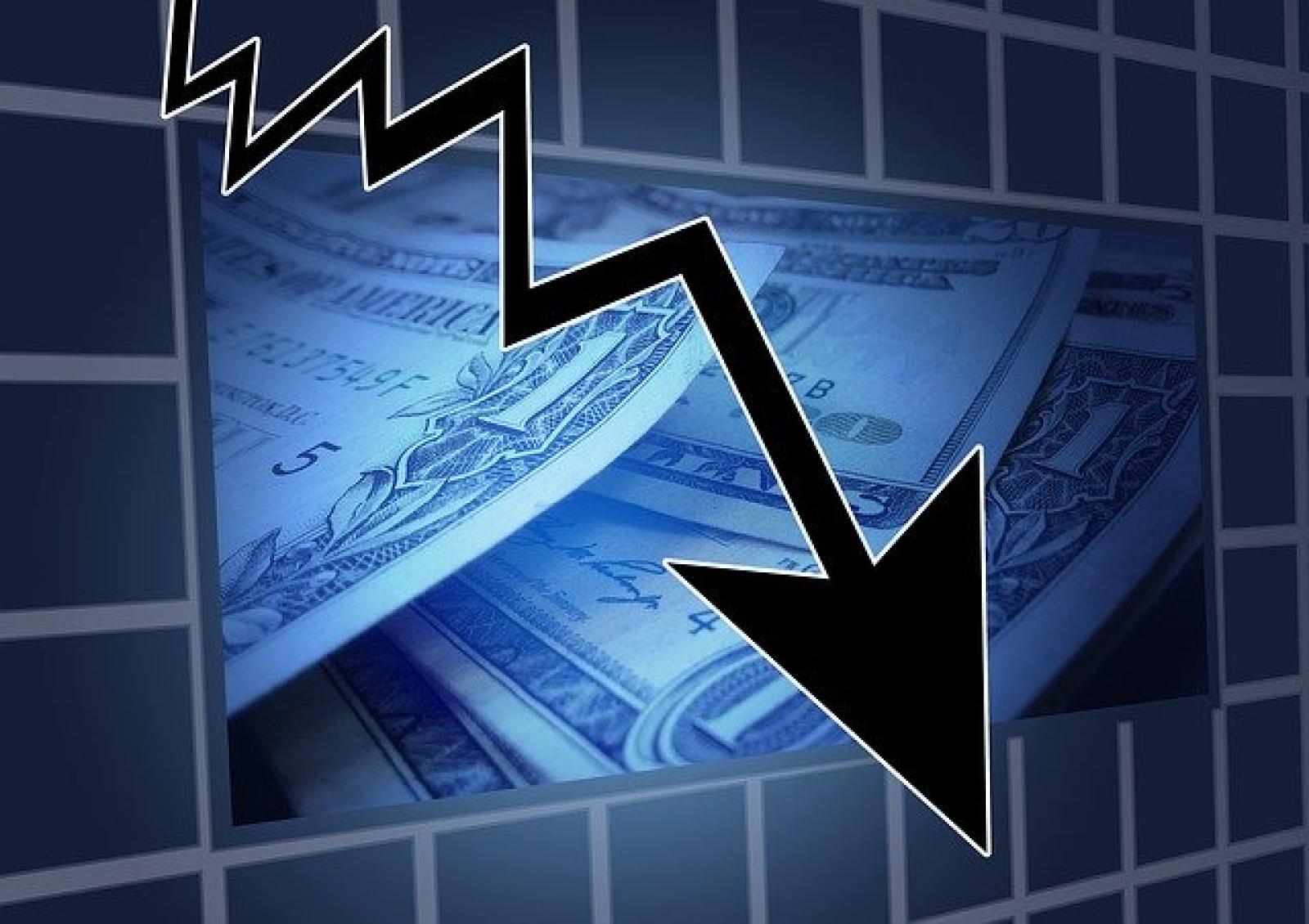 Drazen_/Getty Images
Drazen_/Getty Images
Developing a strong investing portfolio is the key to building wealth, and a big part of that process is buying stocks. These types of securities represent a slice of ownership in a company, and allow individuals across the world to take advantage of the growth of a wide variety of businesses, from popular brands like Coca-Cola and Apple to little-known companies on the brink of a boom. When seeing the S&P 500 — an index that includes the stocks of many of the largest companies in the U.S. — experiencing historical average annual returns of around 10%, you can see how investing for the long term can help you retire comfortably, buy a house, pay for school and more.
Financial experts talk a great deal about investing strategies like diversification and rebalancing. But before you integrate those into your investing strategy, you may be wondering: How many stocks should I own?
Read on for how to get exposure to many stocks at once, how many stocks should make up a portfolio of individual stocks and more.
First, consider funds
Choosing individual stocks can be exciting, but the less risky move that tends to offer higher returns over the long term is investing in exchange-traded funds (ETFs) and mutual funds. These baskets of securities can include hundreds, or even thousands, of stocks. While some called total market funds give exposure to the entire stock market, others invest specifically in funds of certain sizes and sectors, like technology.
“They’re very resilient strategies that over the long term tend to do well with minimal effort,” says Nick Fazio, associate wealth advisor at Regent Peak Wealth Advisors.
Some of the best index funds include the Vanguard Russell 2000 ETF (VTWO), which consists of about 2,000 small publicly traded companies in the U.S., and the Vanguard Total Stock Market ETF (VTI), which essentially covers the entire universe of publicly traded stocks in the country.
A perk of funds is that no matter how many you invest in, you already have built-in diversification. The same can’t be said about stocks.
How many individual stocks you should hold
For those who do want to buy individual funds, it’s important to not place all your eggs in one basket. If you buy two or three stocks, there’s a good chance they could tank at the same time.
There have been several studies that attempt to nail down the amount of stocks to own in order to get the benefits of diversification. In 1968, academics John Evans and Stephen Archer determined said holding just 15 stocks gave you no more risk than investing in the whole market. Just a few years later, two more academics said you needed closer to 30 to get the benefits of diversification and limit risks. Other experts have said the number is between 12 and 18.
“Given the math of diversification, is there a compelling reason to increase the size of an active stock portfolio beyond two dozen or so holdings?” Morningstar analysts wrote in 2017. “In our opinion, there probably isn’t, as owning 20-30 stocks will, on average, diversify the bulk of the unsystematic risk that investors face.”
Fazio says which stocks you invest in matter as well.
“If you had 30 stocks and they all happen to be in one specific sector, you’d still be way less diversified than if you had only 10 stocks but they were across a bunch of sectors,” he says. “You want to make sure that in the effort to diversify, you are picking stocks that shouldn’t generally be trading alongside each other.”
Need an advisor?
Need expert guidance when it comes to managing your investments or planning for retirement?
Bankrate’s AdvisorMatch can connect you to a CFP® professional to help you achieve your financial goals.
Best of both worlds
You don’t have to choose between stocks and funds. If you want to buy a handful of stocks, Fazio recommends investing most of your money in funds and then adding those few stocks to your portfolio. This not only helps diversify your portfolio, but it’s also a lot less work than trying to figure out what other stocks to buy to get your portfolio up to around 30 stocks, for example.
In this case, you may want to think of the investments in individual stocks as “play money.” As in, money can afford to lose.
“If your financial plan can still work — and you can meet all the goals and objectives you want in life — if we pretend that that individual stocks piece goes all the way to zero, then I think you’re in the green,” Fazio says.
Bottom line
While diversification and rebalancing are key strategies in wealth building, deciding on the optimal number of stocks for your portfolio could be essential depending on your investing goals. Consider ETFs and mutual funds, because they provide diversified exposure to numerous stocks, and balancing your portfolio with a mix of funds and a select few individual stocks can offer the best of both worlds.
— Bankrate’s Logan Jacoby contributed to an update of this article.
Editorial Disclaimer: All investors are advised to conduct their own independent research into investment strategies before making an investment decision. In addition, investors are advised that past investment product performance is no guarantee of future price appreciation.





